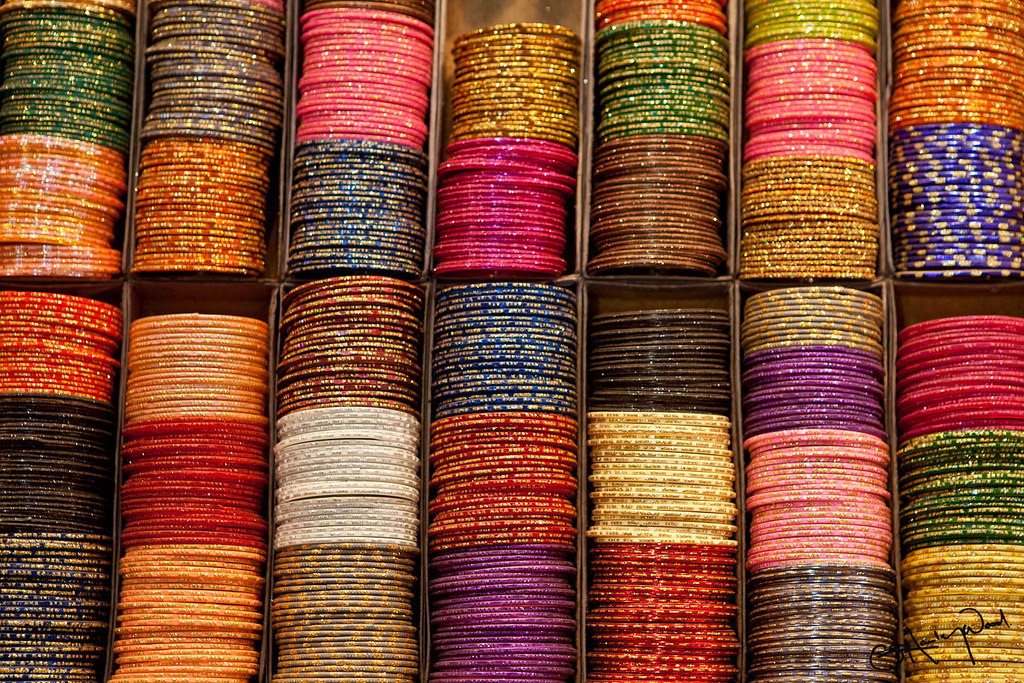
You might also like:
INDIA is a shopper’s paradise. The country produces an astonishing variety of traditional and modern goods at prices that are as compelling as the merchandise.
But the splendor of the merchandise is equaled and often surpassed by the chaos of the market place. Prices and quality vary wildly; touts are persistent to the point of obnoxious; it’s impossible to keep track of regional specialties and where the best places to buy specific things are; and haggling with wily shopkeepers is unsettling, if you’re not used to it.
On my first trip, I went a bit crazy shopping in India. I was staying with friends, an Indian family in south Delhi, and I would come home at the end of almost every day clutching bags and bags of clothing, housewares, jewelry and more. They watched in wonder as the pile of goods grew in the bedroom I was sharing with a family member. I ended up giving away a lot of the stuff I bought – and learned these lessons the hard way.
Don’t buy on impulse
How could you possibly resist the shops and tables heaped with glittering, exotic and affordable goods? Trust me, as you travel in India, you begin to see the same things over and over again, and gain a better sense of quality and how much things should cost. I wasted a lot of money by buying things the first time I saw them like a peacock feather fan, a pretty but horribly uncomfortable pair of shoes, and a lot of jewelry that broke on the second wearing. If I had to do it all over again, I would buy fewer things, and spend more time and money ensuring I was buying items of good quality.
A colorful array of bangles for sale. Pic: Sam Hawley/flickr
Haggling is a blood sport; enjoy it
Do you remember the first time you sang karaoke? How you just had to let your inhibitions go and jump in, feet first? It’s like that. Don’t worry that you’re hurting the shopkeeper’s feelings. This is business. Take it slow, enjoy it, have a cup of tea and stay cool. Decide ahead of time on how much you want to spend – a good rule of thumb is to offer half and pay up to two-thirds. Be prepared to walk away. Whatever it is, chances are you will see its like again.
Know when to haggle and when to pay full price
Having said the above, there are lots of fixed price stores in India that do not use the barter system; bartering is primarily done in street markets. But sometimes, in smaller stores where the merchandise is locally made, you can bargain – offering, for example, to buy more pieces if they are willing to bring the price per unit down. But sometimes, when you fall in love with something, price doesn’t matter.

A shop selling tea leaves in Delhi. Pic: Wikimedia Commons
Do your homework
Everything in India is regional, from cuisine to language to clothing styles, and dramatically changes from state to state. As you travel, find out what the regional specialties are. Some things are obvious, like buying tea in Darjeeling. It’s worthwhile to seek out local craftsmen. I once spent an afternoon sitting on the floor of a gem dealer’s shop in Jaipur – the gemstone capital of India – helping to design a gorgeous beaded necklace and pendant, with semi-precious stones the colors of a morning sunrise.That set still has a lot of meaning for me, years later.
All roads lead to Delhi
Many international flights arrive and leave from the capital of India, Delhi, and likely yours will too. In Delhi, you can buy almost everything that you saw as you traveled, saving you the hassle of lugging your souvenirs all over the country. In fact, near Connaught Place, the commercial centre of the city, there’s a row of state emporiums that sell many of the handicrafts of those regions. Having said that, I bitterly regret not buying sandalwood oil in Mysore as I’ve never seen it for sale in Delhi.
Source: travelwireasia.com
